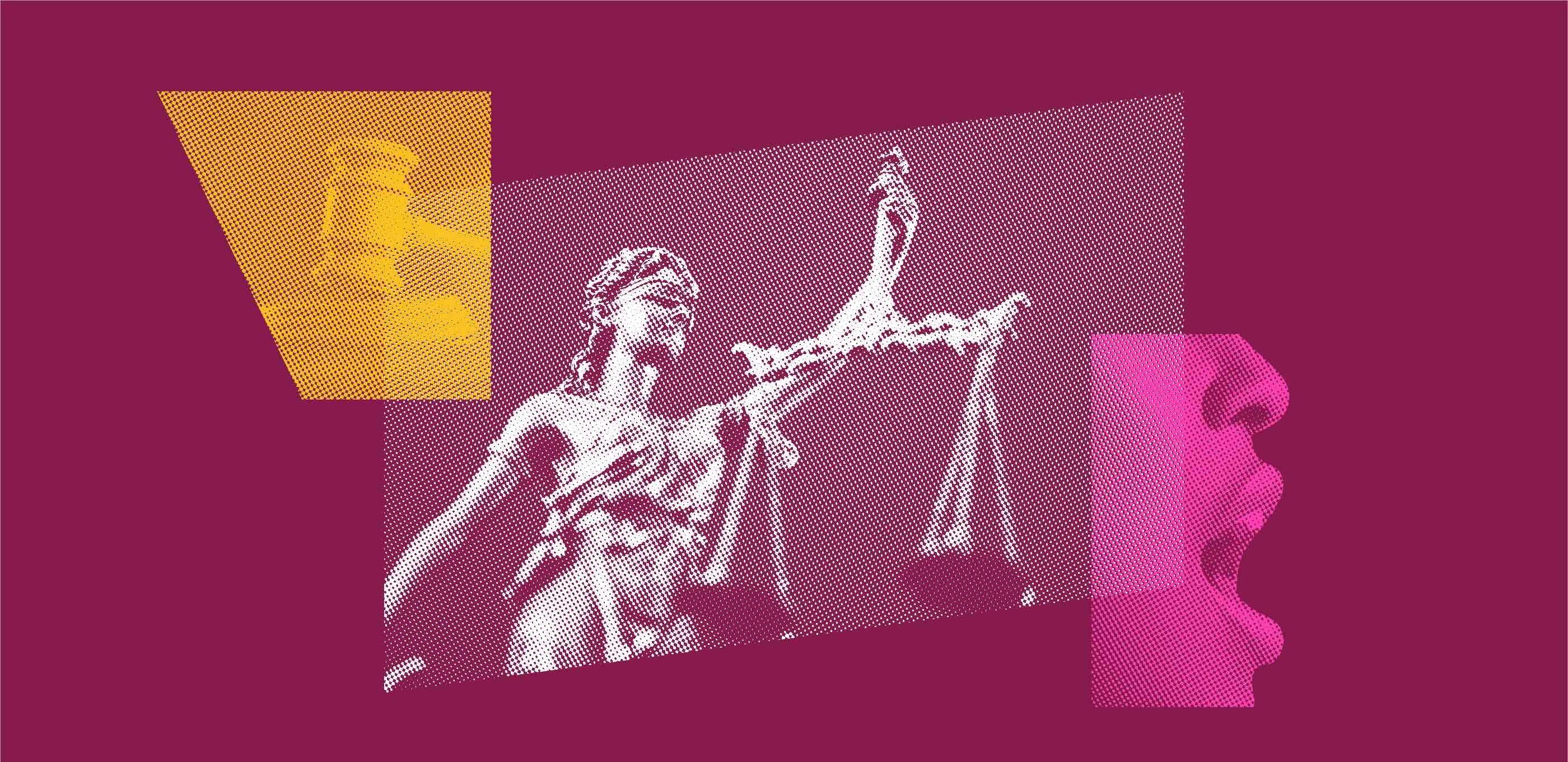
NAACP v. Husted
What's at Stake
Ohio voters will gain greater access to the ballot in a settlement announced April 17, 2015 by the American Civil Liberties Union. The agreement with Ohio Secretary of State Jon Husted stems from a federal lawsuit, NAACP v. Husted, which challenged Ohio's attempt to slash early voting opportunities.
Summary
Under the agreement, Ohioans will be allowed to vote on multiple Sundays leading up to a presidential election, and their access to additional evening voting hours will be restored for all elections. The agreement takes effect after the May 2015 primary and continues through 2018.
Specifically, new early voting opportunities include:
- For the upcoming presidential general election, an additional Sunday of voting will be included.
- For the presidential primary election and general elections, there will be a week of expanded weekday evening hours from 8 a.m. to 7 p.m.
- For regular municipal elections, primary elections and special elections, hours have been similarly expanded from 8 a.m. to 7 p.m., and Saturday hours have been expanded from 8 a.m. to 4 p.m.
The ACLU filed the legal challenge on behalf of the Ohio Conference of the National Association for the Advancement of Colored People, the League of Women Voters of Ohio, the A. Philip Randolph Institute, Bethel African Methodist Episcopal Church, and other African-American churches.
The complaint, NAACP v. Husted, was filed in the U.S. District Court for the Southern District of Ohio, Eastern Division on May 1, 2014. On September 4, 2014, a federal district court ruled that cuts to early voting in Ohio must be restored in time for the 2014 federal midterm elections. On September 29, 2014 the Supreme Court, in a 5-4 decision, stayed the lower court rulings without explanation and put early voting restrictions back in place.
Legal Documents
-
09/29/2014
NAACP v. Husted - Response to Supreme Court in Opposition to Emergency Application for Stay
Date Filed: 09/29/2014
Affiliate: Ohio
Download Document-
09/29/2014
NAACP v. Husted-Order Granting Preliminary Injunction
Date Filed: 09/29/2014
Affiliate: Ohio
Download Document-
09/24/2014
NAACP v. Husted - Decision
Date Filed: 09/24/2014
Affiliate: Ohio
Download Document-
09/10/2014
NAACP v. Husted - Motion to Enforce the Court's Order
Date Filed: 09/10/2014
Affiliate: Ohio
Download Document-
09/08/2014
NAACP v. Husted - Appellees' Brief
Date Filed: 09/08/2014
Affiliate: Ohio
Download Document-
09/04/2014
NAACP v. Husted - Order Granting Preliminary Injunctive Relief
Date Filed: 09/04/2014
Affiliate: Ohio
Download Document-
07/01/2014
NAACP v. Husted - Expert Report, D. Smith
Date Filed: 07/01/2014
Affiliate: Ohio
Download Document-
06/30/2014
NAACP v. Husted - Plaintiff's Motion for Preliminary Injunction
Date Filed: 06/30/2014
Affiliate: Ohio
Download Document-
05/01/2014
NAACP v. Husted - Complaint
Date Filed: 05/01/2014
Affiliate: Ohio
Download Document-
04/17/2015
NAACP v. Husted - Settlement Agreement Among Plaintiffs and Defendant, Secretary of State Jon Husted
Date Filed: 04/17/2015
Affiliate: Ohio
Download DocumentPress Releases
Ohio Voters Gain Greater Access to Ballot in ACLU Settlement
ACLU Comment on Supreme Court Action on Ohio Early Voting
Federal Appeals Court Upholds Ohio Early Voting in Time for Midterm Election
Federal Court Restores Cuts to Early Voting in Ohio in Time for Midterm Election
ACLU Files Federal Lawsuit Challenging Ohio’s Latest Attempts to Slash Early Voting Opportunities
